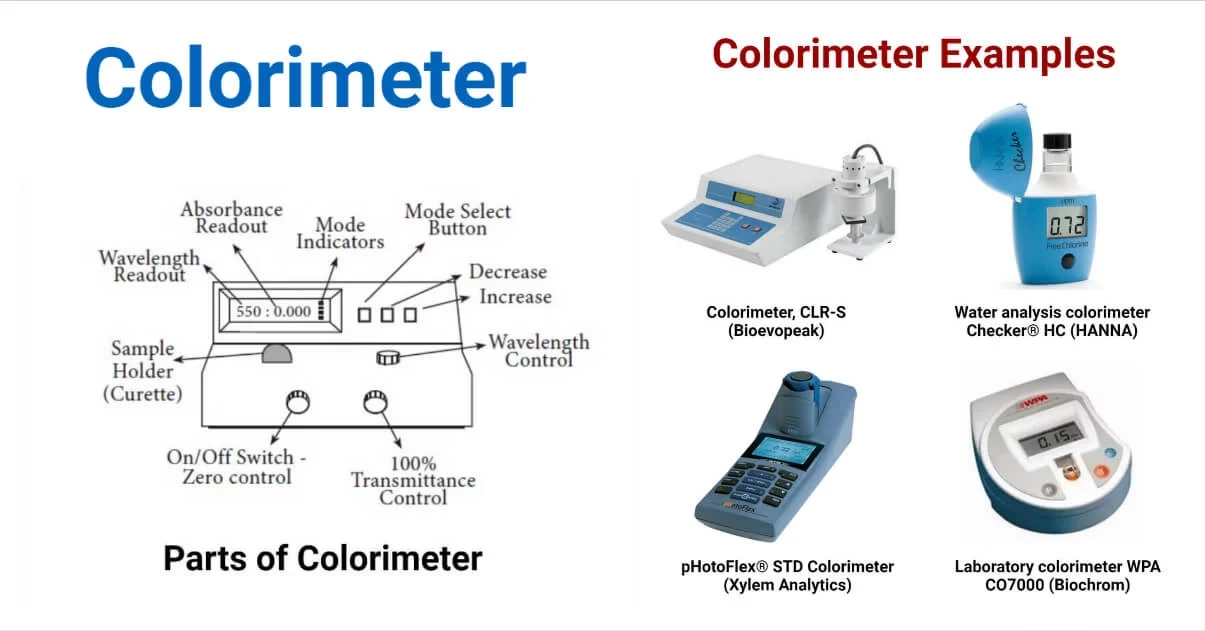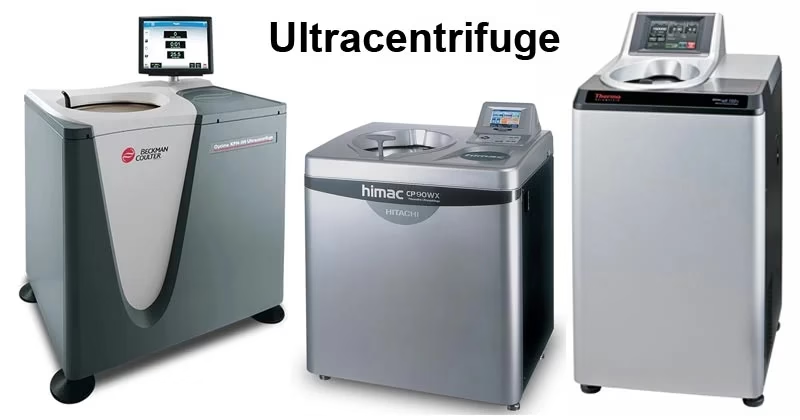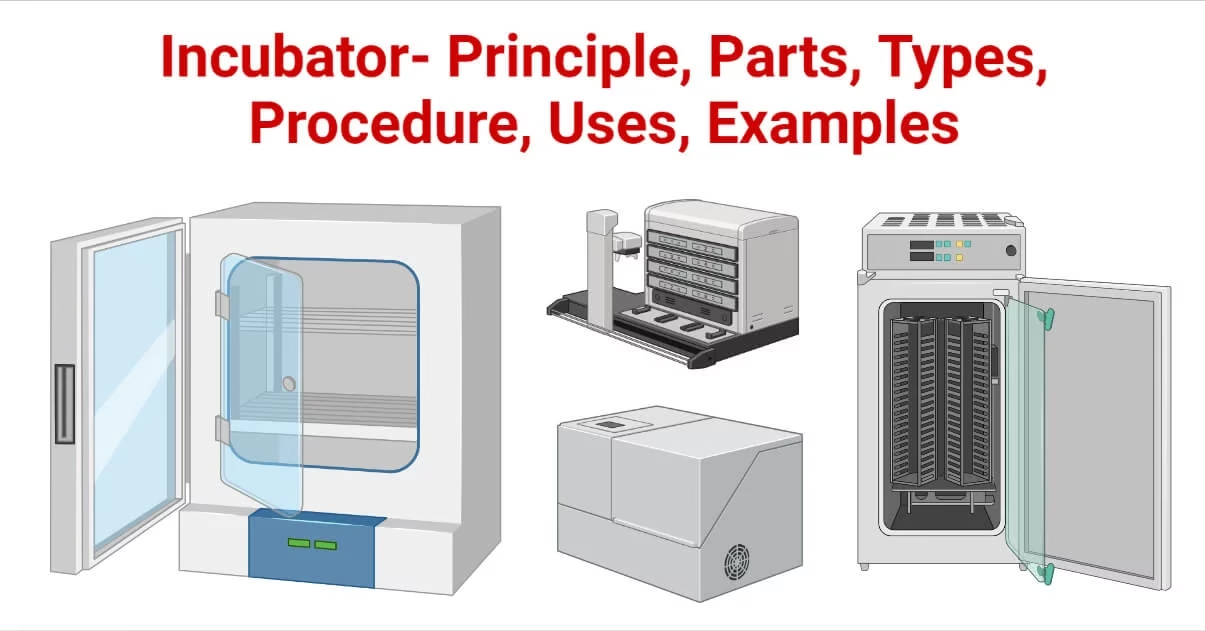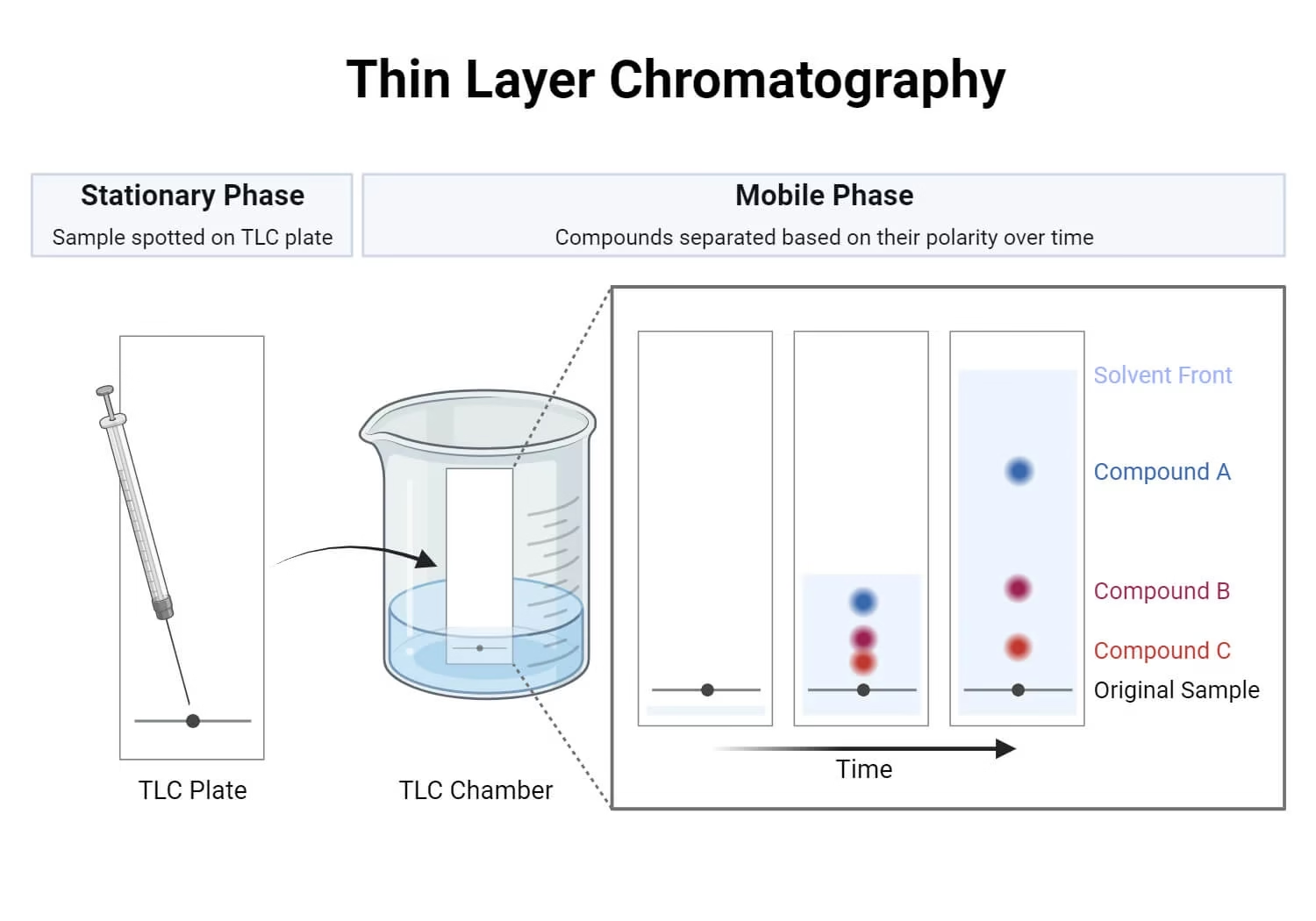Homogenizer – Principle, Parts, Types, Working, Procedure, Applications, Advantages & Limitations
A homogenizer is a very important laboratory and industrial instrument used for preparing uniform mixtures and suspensions. The term “homogenize” literally means “to make the same throughout.” In science, technology, and industries, many processes require samples to be broken down, mixed, or dispersed in such a way that every portion of the mixture has the same composition.









